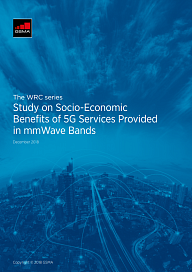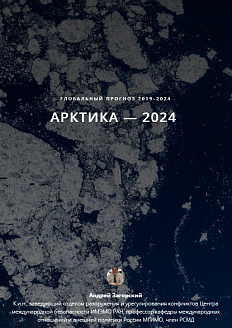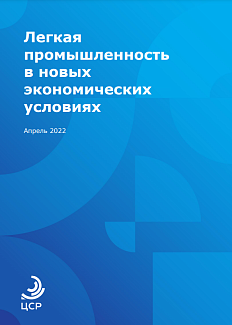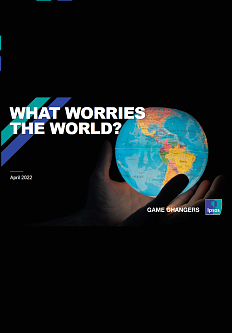The global impact of 4G brought about increases in mobile usage and network performance. 5G will build on this momentum, bringing substantial network improvements, including higher connection speeds, mobility and capacity, as well as low-latency capabilities. In doing so, it enables new use cases and applications that will positively impact different industry sectors. This study by GSMA leverages the wide variety of research done to date on the expected benefits of mobile broadband, the implementation of 5G and the role of mmWave in that implementation. This is done to forecast the contribution to gross domestic product (GDP) and tax revenue that is expected by making mmWave bands available for the deployment of 5G applications.
The study concludes, under conservative assumptions, that by 2034 mmWave spectrum will underlie an increase of $565 billion in global GDP and $152 billion in tax revenue, producing 25% of the value created by 5G. From a regional perspective, the study shows the following over the period 2020 to 2034. The Asia-Pacific and Americas regions are expected to generate the greatest share of the total contribution of mmWave 5G to the GDP, $212 billion and $190 billion, respectively. In the Americas region, a tenth ($20.8 billion) of the total ($190 billion) is contributed by the Latin-American and Caribbean countries. Europe has the highest percentage of GDP growth attributable to mmWave 5G than any other region (2.9%). For countries in the Regional Commonwealth in the field of Communications (RCC) region (former USSR countries), mmWave 5G is estimated to increase GDP by $6.7 billion. The study estimates the impact of mmWave 5G on 13 verticals of the economy, which are consolidated, for presentation purposes, into five sectors: manufacturing and utilities; professional and financial services; public services; ICT and trade; and agriculture and mining. Furthermore, the significant socio-economic benefits found by this study underscore the importance of mmWave spectrum for the development of the overall 5G ecosystem.
It is recommended that governments take the following actions: (i) review and support the different conditions and proposals for WRC-19 related to 5G, particularly the recommendation to identify the 26 GHz, 40 GHz and 66-71 GHz bands for IMT; (ii) support the regional and global process for the harmonisation of the use of these different bands, with due consideration for their frequency arrangements and minimum block sizes; (iii) review the national regulatory frameworks with the goal of allowing these bands to be deployed within the country.
Close






